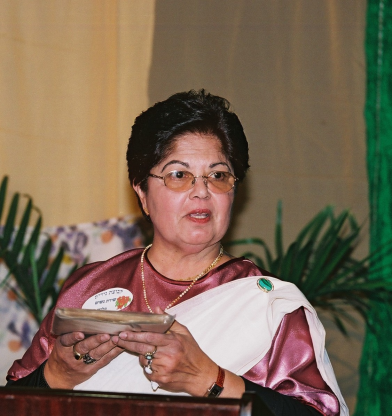Mixing liturgical with folk tunes in one album is a modernistic approach that challenged established categories in Jewish music research. This concept was already introduced in the Lieder-Sammelbuch für die jüdische Schule und Familie (Kisselgoff, Schitomirsky and Lwow 1912). This collection includes twelve para-liturgical Shabbat Zemirot and holiday songs bound in a section titled Skrabove Folkslieder [Sacred folk songs].[1] A similar approach is found in Joel Engel’s 50 Jüdische Kinderlieder that begins with Mode Ani morning prayer followed by para-liturgical Shabbat Zemirot and Holidays songs. Almost a decade after the 1915 Engel-Saminsky polemic regarding the proper foundations of modern Jewish art music – the Eastern-European domestic folklore versus synagogue prayer modes – this number reflects Stutschewsky’s stance for equilibrium and co-existence between the secular and the sacred.[2]
Younger than both Engel and Saminsky and a Russian-Jew immersed in the Central-European cultural hub, Stutschewsky standpoint was affected by his biography:
When I arrived to Vienna I was already firm about my tie to Jewishness. My considerations, examinations and investigations and my world-view crystalized to a holistic outlook of my Jewish being. Far from any “Ghetto mentality”, far from a “deviation to assimilation”, however without constraint to the Blue-White flag, the Shekel nor any Zionist statements – in my own way alone, from within myself and consciously, I was whole-heartedly and totally – Jewish![1]
As we have seen, Engel had proposed to Stutschewsky using the Kol Nidrei version by Eliezer Gerowitsch. However he chose a different tune, not crediting the source. Engel wrote to Stutschewsky:[2]
All your tunes are, in my opinion, adequate. Kol Nidrei could be very good with a simple [tune?]. The one I told you about appears in the tunes compilation of Gerowitsch. I will try to copy it for you. I think we could do it. Not all the tunes are interesting at the same level, however that is inevitable, and with a good arrangement they will blossom.
Emphasizing his holistic view on Jewishness – both as a personal voyage and as a general panoramic retrospective in this album – the tonality of the largest and final piece of the album – A harmonic minor – links it with the opening lullaby and with other tunes of the cycle. Indicated Sehr langsam (very slow) and frei in Vortag (free in speech) the melody is free and ornamented evoking cantorial singing. Stutschewsky avoided a dissonant modernist accompaniment, choosing a more conventional harmonic language and rhythms that supported the melody. Octaves progressions in the piano, a feature of this piece too, part became a marker in Stutschewsky’s compositions inspired by prayers and devotional themes. Probably out of respect for the sacred as well as in consideration of its structural complexity, Stutschewksy realized that a modernistic language would not fit. The melody part has explicit articulation indications to imitate the cantorial singing style. Altogether, this number strongly recalls the early recordings of famous cantors accompanied by harmonium or piano such as Rosenblatt and Sirota.
_____________________________________
[1] On Kisselgoff’s inclusive approach to Jewish music categories, including the concept of Skrabove Folkslieder see, Loeffler 2010: 162–3.
[2] More about the famous Engel-Saminsky polemic and its social and political context see, Loeffler (2010: 177–88). Today, in the era of globalization, and with the State of Israel established, the question of the nucleus for modern Jewish music is less relevant as different categories of Jewish music appear in various contexts and in fusions of art and folk music.
[3] J. Stutschewsky, Haim, p. 167.
[4] Engel to Stutschewsky, May 4, 1924. Stutschewsky archive 3/2/1/: 174/4.





